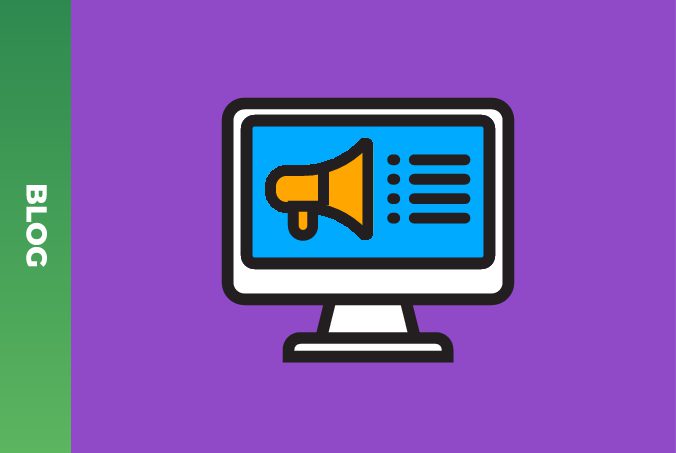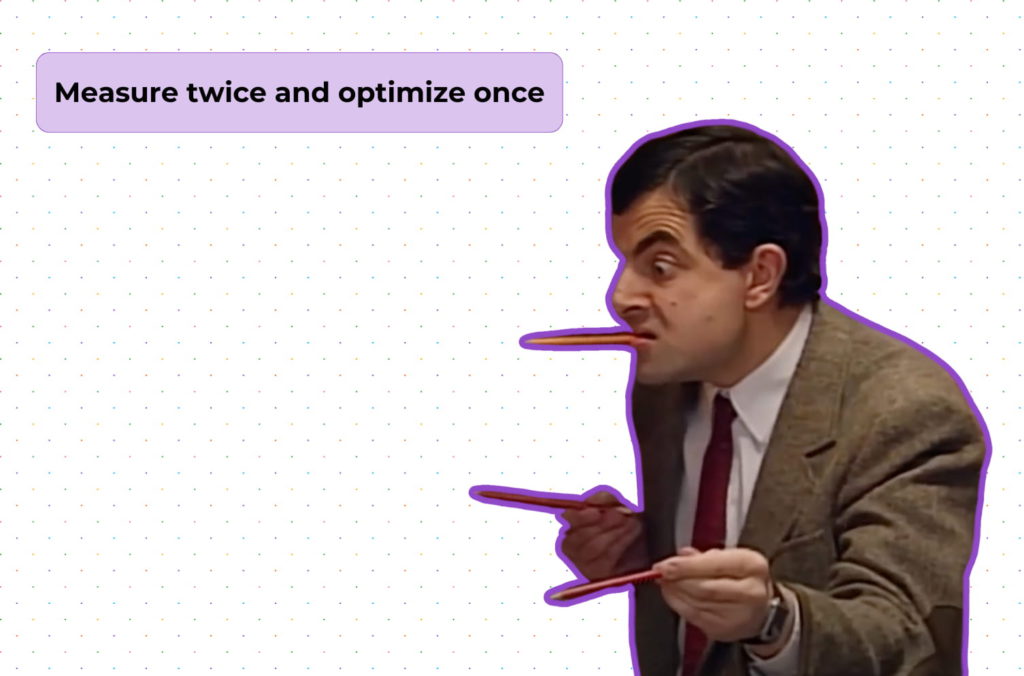How does advertising analytics influence consumer behavior?

Recently, if we think about, whisper, or say aloud something we want to buy, an ad will be displayed immediately on our gadgets. Advertising is all around us. On social media, TV, and outside, we are constantly surrounded by advertisements. As consumers, we are exposed to a vast array of products and services, each competing for our attention and ultimately, our purchase. However, with the rise of technology and data analysis, traditional methods of advertising are evolving.
Some interesting figures: Pursuant to the ad analytics market outlook by Future Market Insights, the ad analytics market industry is projected to be worth US$ 4.7 billion in 2023. The market is likely to surpass US$ 16.5 billion by 2033 at a CAGR of 13.4% during the forecast period 2023 to 2033. 54% of companies that extensively use marketing analytics end up with higher profits than average according to WebFX.

Companies are now able to collect and analyze vast amounts of data on consumer behavior, preferences, and habits. This has given rise to the field of advertising analytics, which aims to understand and influence consumer behavior using data-driven insights. But how exactly does advertising analytics impact the consumer decision-making process? In this article, the power of advertising analytics and its influence on consumer behavior will be discussed. Plus, the various techniques and tools used by companies to analyze consumer data will be examined.
How do data-driven marketing and advertising analytics work?
Data-driven marketing and advertising analytics are essential components of modern-day marketing strategies. In a nutshell, data-driven marketing refers to the practice of utilizing data and analytics to make informed decisions about targeting and engaging with consumers and turning raw data into revenue. It works by collecting and analyzing various types of data, such as customer demographics, trends, and behavior to gain insights into their needs and preferences.
These insights are then used to create personalized content and targeted marketing campaigns that are more likely to resonate with the target audience. On the other hand, advertising analytics focuses specifically on measuring and optimizing the effectiveness of advertising campaigns.

Measuring marketing effectiveness metrics
When it comes to marketing effectiveness metrics measurement, we shall understand that it is done by tracking and analyzing key performance indicators (KPIs) such as click-through rates, conversion rates, and return on investment (ROI) to assess the impact and success of different advertising techniques. Interactive data visualization and benchmarking are one of the ways to assess performance metrics.
By studying these metrics, you can identify which channels, messages, and creative elements are generating the best results and make data-driven decisions to optimize their advertising efforts.
How to optimize marketing effectiveness metrics and KPIs to attract customers?

After measurement, optimization goes. It is important to get your marketing performance higher so that business things move along smoothly to enhanced sales. Here are some efficient techniques:
Customer segmentation
Segmenting your target audience based on demographics, psychographics, or other criteria and setting specific offers, promotions, and customized product recommendations for each segment will be beneficial in order to make the advertising more relevant and impactful.
B2B customer journey mapping
B2B customer journey mapping is a powerful and insightful tool to analyze consumer data. Multiple decision-makers, various touchpoints, and an extended timeline need to be identified here. This approach ultimately fosters alignment between marketing and sales processes. With customer journey mapping, you can gain insights into each stage of the B2B buying process and effectively engage, and influence clients.
Feedback incorporation
Encouraging and collecting feedback from consumers through various channels are good steps to take. This feedback should be analyzed using advertising analytics or sentiment analytics tool to understand consumer sentiments and concerns. The last thing here to do is implement changes based on feedback to show responsiveness, potentially influencing positive behavior.
Conversion rate optimization (CRO)
We stand for identifying and addressing barriers to conversion through A/B testing, user experience improvements, and targeted messaging.
Lifetime customer value (LCV) analysis
It is required to shift the focus beyond short-term gains by analyzing the lifetime value of customers to understand the long-term impact of marketing efforts on customer retention and loyalty.
Multi-channel attribution modeling:
It is a technique used to assign value to different touchpoints in the customer journey. By figuring out which interactions contribute most to conversions, you can allocate resources more efficiently and focus on the most impactful advertising channels.
Marketing automation
Utilizing marketing automation tools will work for you to streamline processes and nurture leads. Automation can enhance efficiency and provide insights into customer engagement and interaction with marketing campaigns.
What are benefits of conversion tracking, optimizing, and advertising analytics as a whole?

- Campaigns and content personalization: by leveraging advertising analytics, you can create targeted, personalized content and campaigns that address specific concerns and motivations and deliver tailored messages, recommendations, and offers to individual consumers, increasing the likelihood of capturing their attention and driving conversion.
- In-depth insights into consumer behavior model and journey: advertising analytics, including conversion tracking, generates comprehensive insights into consumer behavior, preferences, and the impact of marketing efforts at various stages of the customer journey.
- Real-time monitoring for timely adjustments: one more advantage is real-time monitoring, which enables you to track key metrics, such as impressions, clicks, and conversions, and make data-driven adjustments and optimizations based on emerging trends and consumer responses.
- Adaptability to dynamic market trends: conversion tracking and advertising analytics empower businesses to adapt quickly to evolving market trends and consumer behaviors, ensuring that marketing strategies remain relevant and effective over time.
- Strategic resource allocation and saving: the data-driven approach of advertising analytics allows for strategic allocation of resources and may help you ensure that budgets are directed towards channels and campaigns that deliver the highest return on investment, maximizing ROI by focusing on channels and campaigns that drive meaningful conversions.
- Continuous optimization for improved results: the combination of conversion tracking and advertising analytics supports a continuous optimization cycle, allowing refinement of marketing methods based on data-driven insights for better overall results.
Conclusion
Overall, data-driven marketing and advertising analytics empower you to move away from guesswork and rely on concrete data and insights to drive your decision-making processes. By leveraging the power of data, you can better understand your target audience, enhance customer satisfaction, loyalty, and retention, plus, ultimately maximize the effectiveness and efficiency of your marketing and advertising efforts.
Through personalized content, targeted campaigns, and real-time adjustments, you can create a more compelling advertising experience, ultimately influencing consumer decision-making and, by the end, having an impact on purchasing choices. Are there any questions left or do you have a weak spot to overcome? We have a solution to implement. Let’s put them together. Just contact us and we’d be delighted to give you answers. See you soon!






